
Top Things to Do in Nara, Japan: Deer Park, Temples & Cultural Highlights
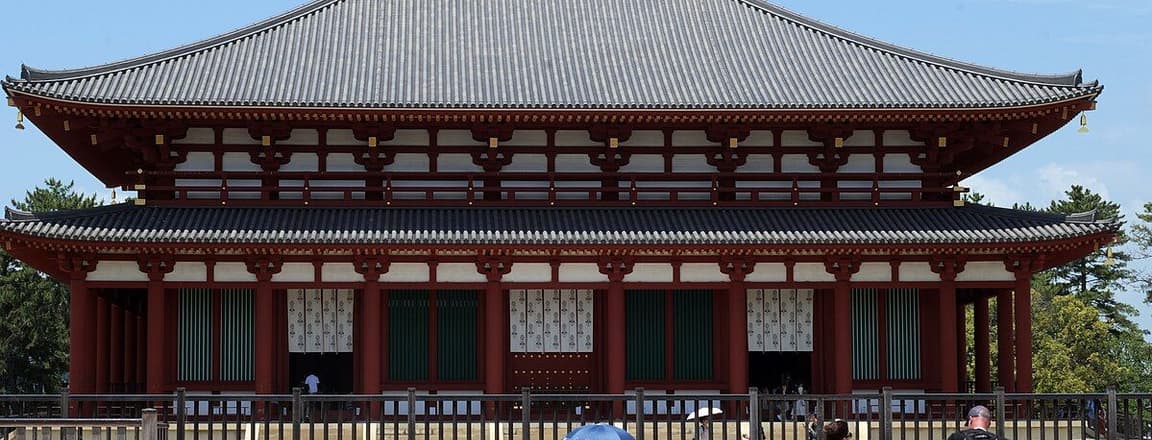
One of the most valuable cultural treasures of Japan is its first permanent capital, Nara. This ancient city lies slightly less than an hour old from Kyoto or Osaka. It is characterised by free-roaming deer, magnificent temples, UNESCO World Heritage sites and serene gardens. Nara is among the most suitable areas to enjoy traditional Japan in a small, walkable area. This guide covers the top things to do in Nara along with its budget tips, cultural etiquette, and seasonal highlights.
Why Visit Nara, Japan? Cultural, Historical & Natural Attractions
The city of Nara is called a living museum of Japanese culture. In contrast to Tokyo or Kyoto, where traditional and modern are in constant rivalry, Nara seems to be living in the same time but alive in traditions. Here's what makes it special:
- Nara Deer Park: It is the home of more than 1,000 holy deer that roam freely in the city.
- UNESCO temples & shrines: As well as Todai-ji Temple with a giant Buddha and Kasuga Taisha Shrine with a thousand lanterns.
- Historic streets: Naramachi, an area of the old merchant houses, cafes and craft shops.
- Cultural festivals: Seasonal events like Mantoro Lantern Festival and Omizutori Fire Festival.
- Convenient access: An hour by train or 35-50 minutes out of Kyoto or Osaka.
Note: Most visitors spend 1–2 days in Nara, but even a half-day visit will give you a taste of its highlights.
Best Things to Do in Nara, Japan
Tōdai-ji Temple (Great Buddha Hall) – Iconic Nara Attraction
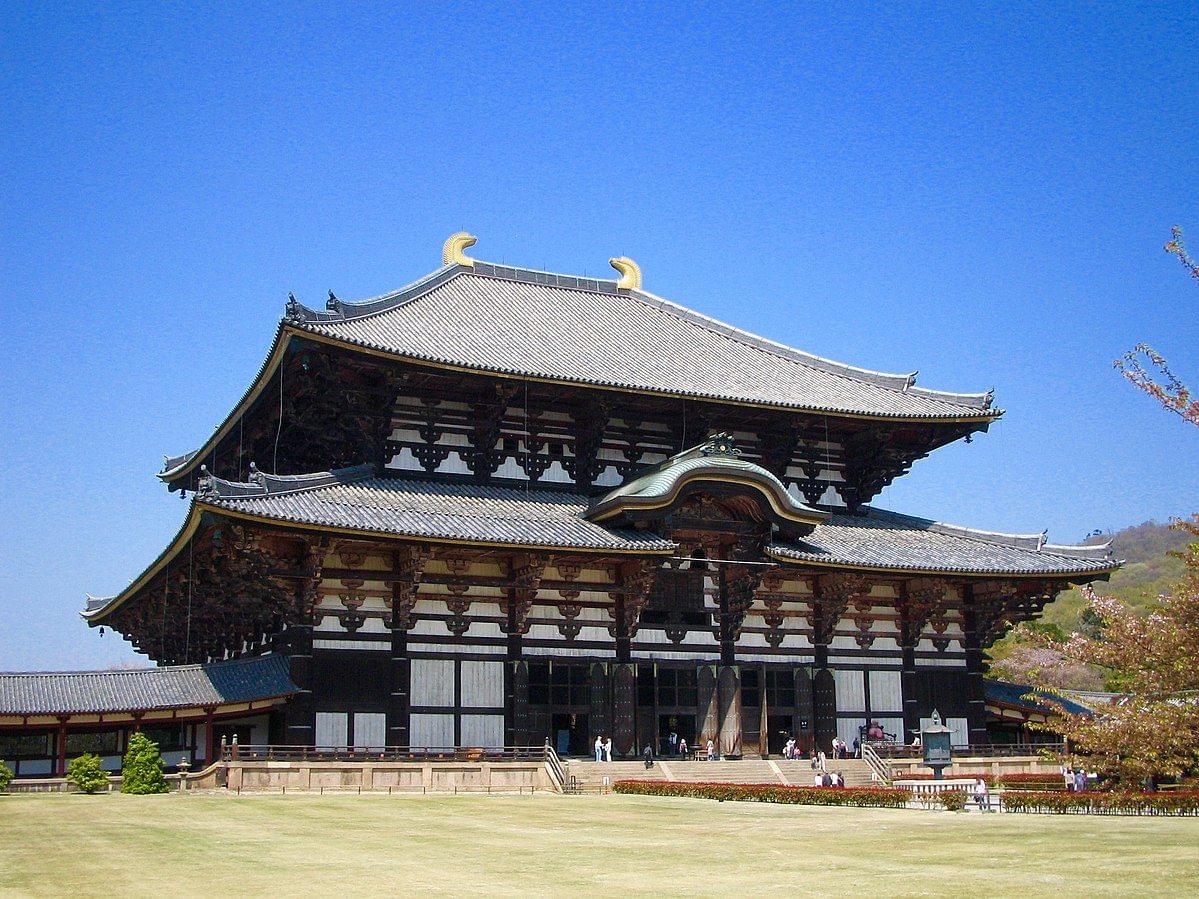
- Highlights: It houses the Daibutsu, a 15-meter-tall bronze Buddha statue, one of the largest in the world. The temple itself is among the largest wooden structures globally.
- Why Go: A spiritual and architectural marvel, central to Japan’s Buddhist history.
- Hours: 8:00–16:30 (Nov–Feb), 8:00–17:30 (Mar–Oct)
- Admission: Adults ~600 yen; Children ~300 yen
Kasuga Taisha Shrine – Thousand Lanterns & Shinto Traditions
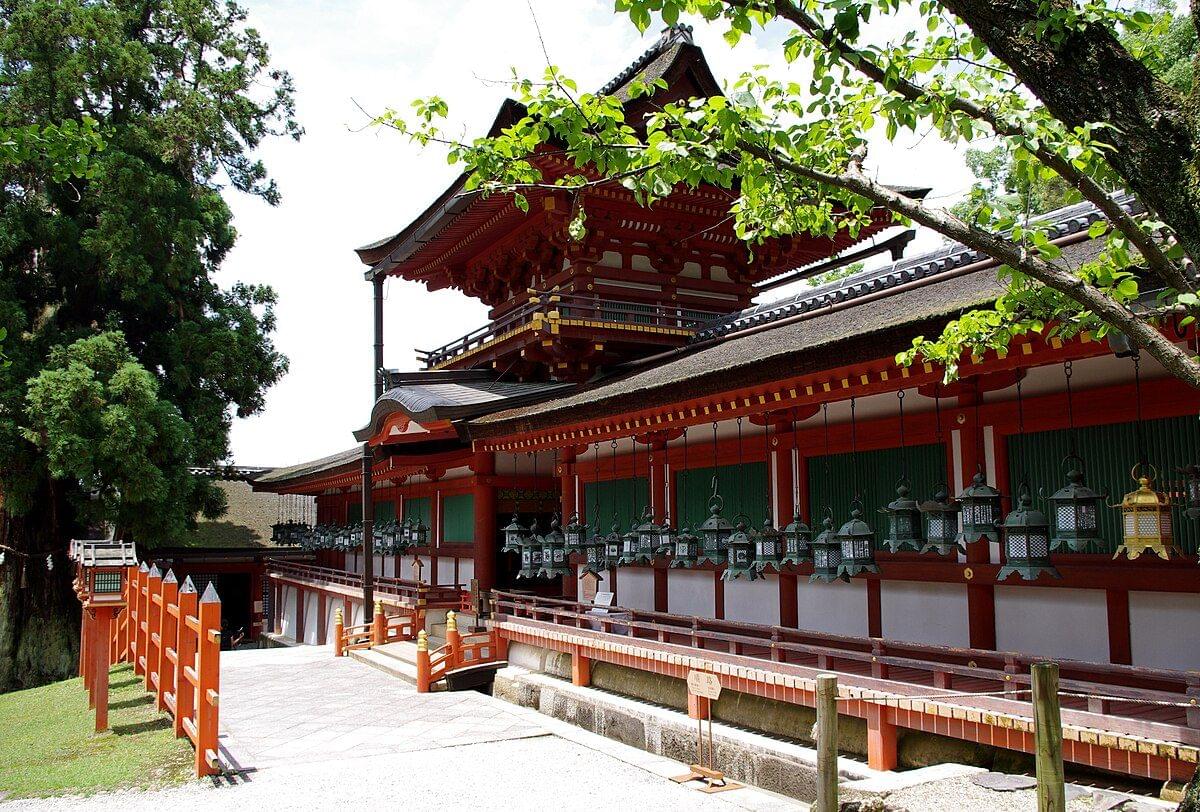
- Highlights: Famous for its 3,000 stone and bronze lanterns. During the Mantoro Lantern Festival (Feb & Aug), they are all lit, creating one of the most magical sights in Japan.
- Hours: Grounds open dawn–dusk (main hall ~500 yen entry)
- Why Go: A peaceful shrine set in the forest, embodying Shinto traditions
Nara Deer Park – Feeding & Interacting with Sacred Deer
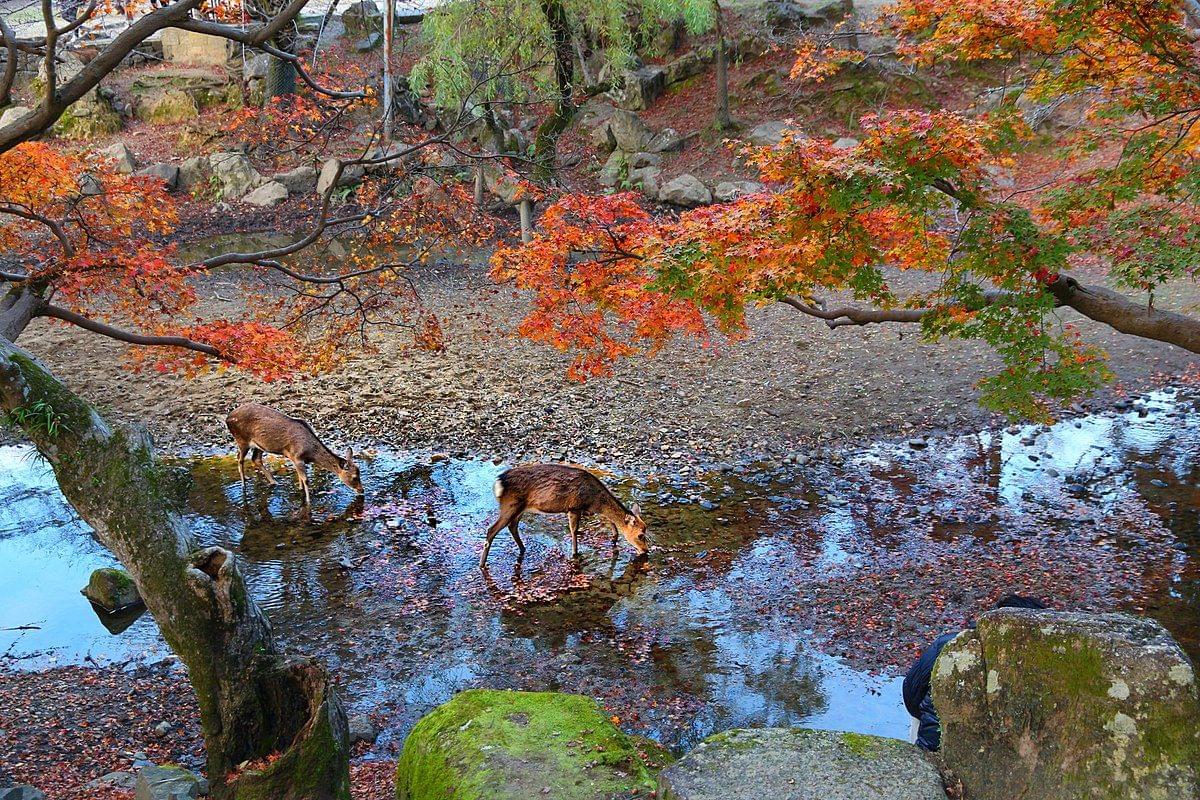
- Why Visit: One of the most famous features of Nara, where sacred deer (shika) bow to visitors in exchange for special crackers.
- Experience: Feeding the deer is considered a form of offering, rooted in Shinto beliefs.
Tokyo (3N)
Sapporo (1N)
+3 Cities
- Explore Mt. Fuji Ice Cave in Aokigahara Forest
Isuien & Yoshikien Gardens – Japanese Garden Tranquility
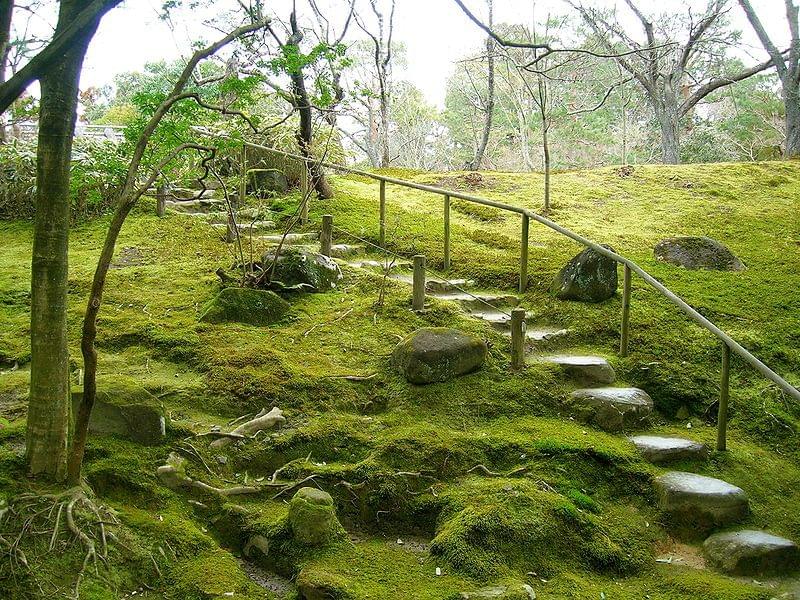
- Why Go: Perfect for a tranquil break, with tea houses, ponds, and landscaped greenery.
- Hours: 9:30–17:00
- Admission: Isuien ~900 yen; Yoshikien free for foreign tourists
Kōfuku-ji Temple – Historic Pagoda & Buddhist Art
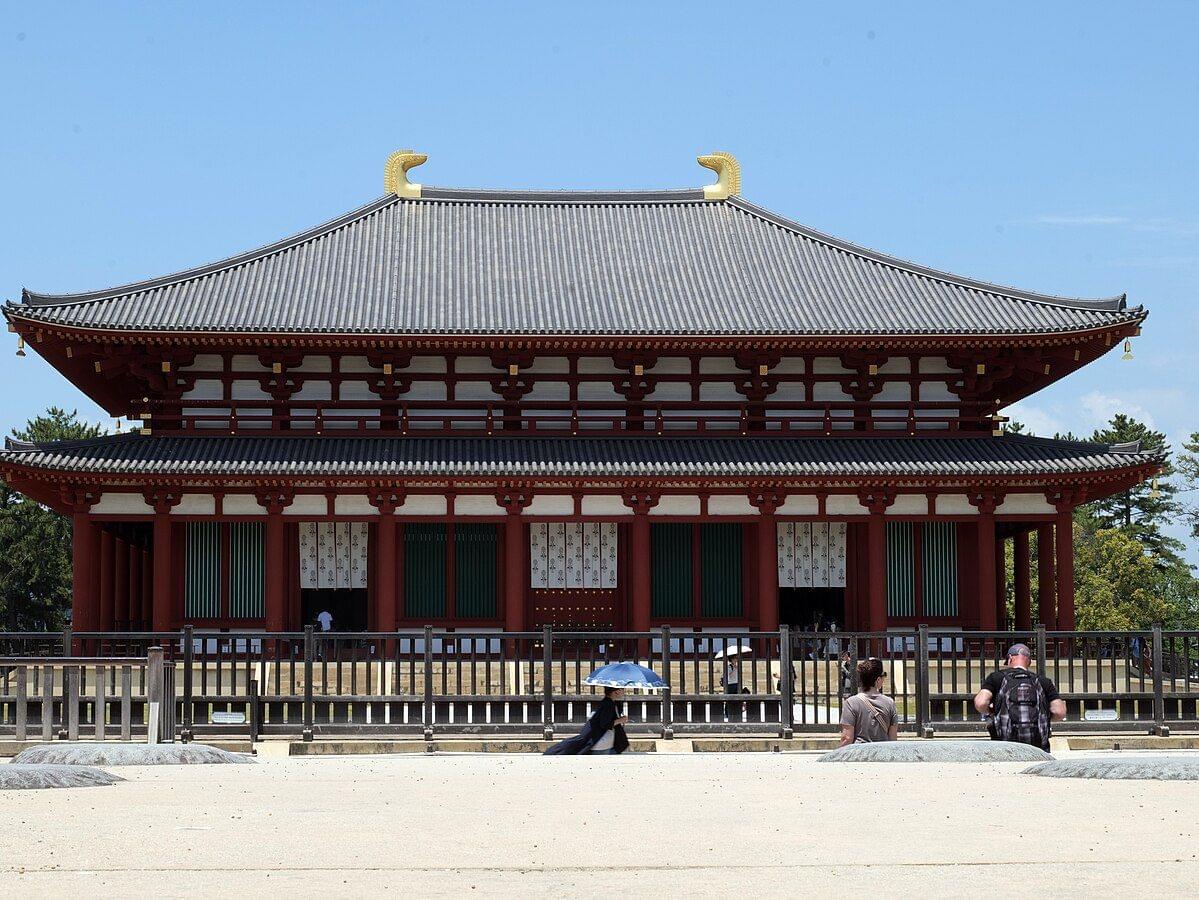
- Highlights: Five-story pagoda, temple museum, and historical relics.
- Why Go: Once the family temple of powerful rulers, now a symbol of Buddhist art
Naramachi Historic District – Edo-Period Streets & Shops
- What to Expect: Narrow streets lined with traditional wooden houses, local eateries, small museums, and boutique shops.
- Why Go: A glimpse into Edo-period merchant life and a relaxing spot for evening dining.
How to Get to Nara, Japan
From Kyoto to Nara: Trains, Travel Time & Tips
- Kintetsu Line: 35 min, stops close to Nara Park.
- JR Nara Line: 45 min, free with JR Pass, but further from main attractions.
From Osaka to Nara: Train Options & Convenient Routes
- Kintetsu Nara Line: 30–40 min.
- JR Yamatoji Line: 50 min.
Getting Around Nara: Walking, Buses, Cycling & Taxis
- Walking: Most major sites are walkable from Kintetsu Station.
- Bus Passes: 500–1,500 yen; convenient if covering multiple areas.
- Cycling/Taxis: Ideal for reaching Heijō Palace or outer temples.
Pro Tip: If you have a JR Pass, JR lines save money. If you prefer convenience, Kintetsu drops you closer to Nara Park.
Budget Guide for Visiting Nara, Japan
Category | Budget Traveler | Mid-range | Luxury |
| Transport (Kyoto ⇆ Nara) | ¥500–800 | ¥1,200–1,500 | ¥2,500+ |
| Entry Fees (per day) | ¥1,000–1,500 | ¥2,000 | ¥3,000+ |
| Meals | ¥800–1,200 | ¥2,000–3,000 | ¥5,000+ |
| Accommodation (per night) | ¥4,000–6,000 | ¥8,000–12,000 | ¥20,000+ |
Note: A day trip from Kyoto/Osaka can be done under ¥5,000 ($35). Staying overnight with mid-range lodging will cost ~¥12,000–15,000 per person.
Seasonal Highlights in Nara
Best Festivals in Nara
- Kasuga Mantoro Lantern Festival: February & August, with 3,000 glowing lanterns.
- Omizutori Fire Festival: March at Tōdai-ji, a centuries-old purification ritual.
- Cherry Blossoms: Early April in Nara Park.
- Autumn Colours: October–November, especially in temple gardens.
Shrine & Temple Etiquette
- Bow at torii gates, wash hands at purification basins, and respect photo rules.
- Remove shoes when required indoors
Conclusion: Why Nara, Japan is a Must-Visit Cultural Destination
The things to do in Nara are a rare combination of culture, nature and accessibility. Nowhere in Japan do you come across so easily the transition between the grace of the deer in Nara Park and the majesty of the Great Buddha of Todai-ji, the lantern-lighted lanes of Kasuga Taisha, the old streets of Naramachi, and each part of Nara will lead you back to the spirit of the ancient Japanese. Nara is a great day trip for those spending their time in Kyoto or Osaka. Customise your next Japan tour packages from Pickyourtrail to experience the most gratifying cultural stops.
FAQs
1. Is Nara worth visiting on a day trip?
Yes, Nara is one of the best Kyoto day trips. You can see the main sights in 6–8 hours.
2. When is the best season to visit Nara?
Spring (cherry blossoms) and autumn (maple leaves) are the most beautiful. February and August lantern festivals are unforgettable.
3. Can I feed the deer in Nara Park?
Yes, but only with official crackers sold in the park. Never feed them other food.
4. How long do I need in Nara?
One full day is ideal. Stay two days if you want to explore Heijō Palace, museums, and outer temples.
5. Are Nara’s attractions expensive?
No. Most temple entries cost under 1,000 yen, and many shrines are free. Meals and transport are also affordable compared to Tokyo or Kyoto.
Update your location?



